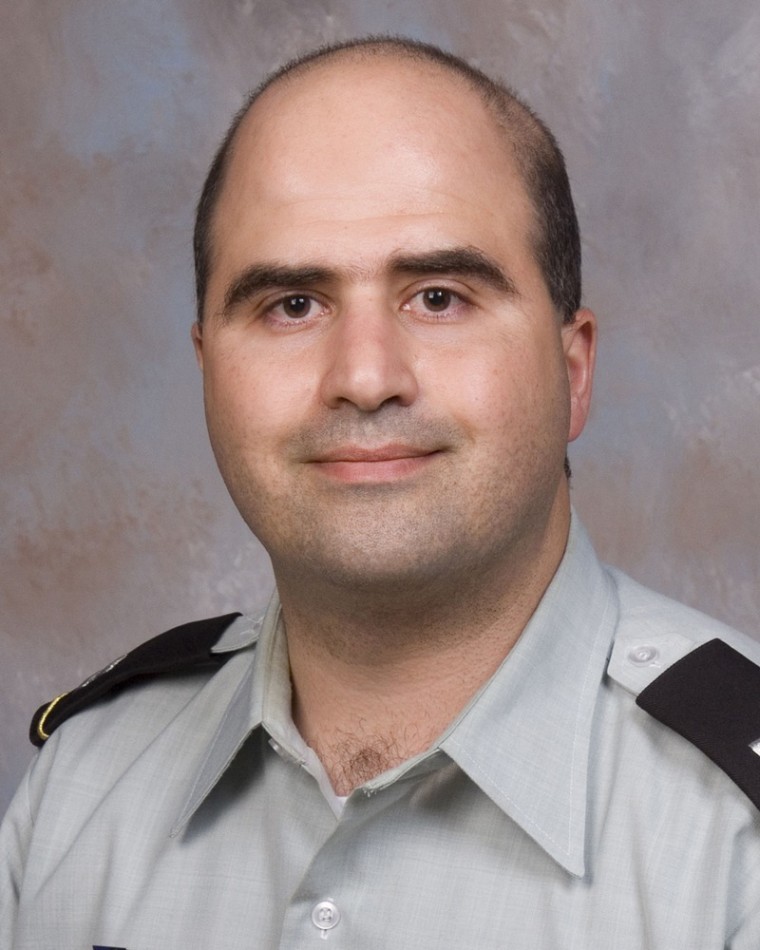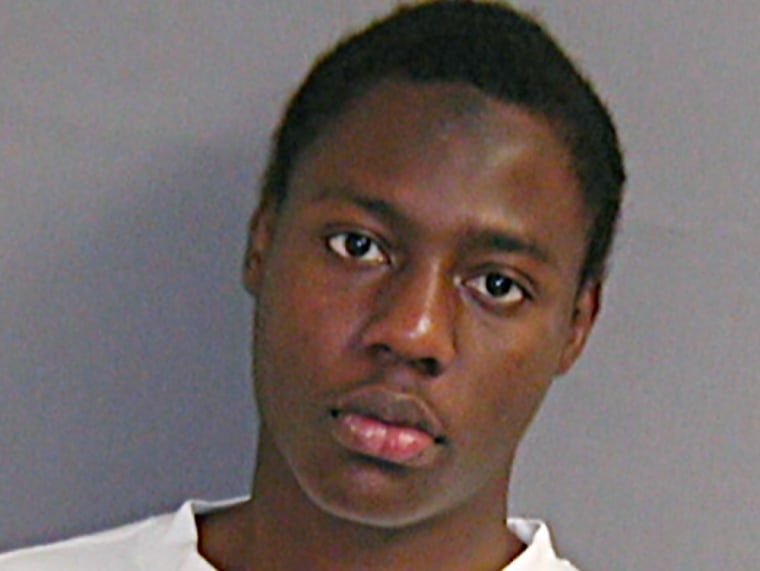Anwar al-Awlaki, the bespectacled 40-year-old American militant cleric, was a prominent figure in al-Qaida network's most dangerous branch and used his fluent English and Internet savvy to draw recruits for attacks in the United States.
U.S. counterterrorism forces on Friday killed al-Awlaki in the eastern Yemeni province of al-Jawf, according to the country's defense ministry and U.S. officials. A second American, Samir Khan, who edited al-Qaida's Internet magazine, was also killed in the same airstrike on their convoy.
The Yemeni-American had been in the U.S. crosshairs since his killing was approved by President Barack Obama in April 2010 — making him the first American placed on the CIA "kill or capture" list. At least twice, airstrikes were called in on locations in Yemen where al-Awlaki was suspected of being, but he wasn't harmed.
Yemeni officials had previously reported that al-Awlaki had been killed in late 2009.
Here is some background about al-Awlaki:
Life history
Born in New Mexico in the United States in 1971, Awlaki was a U.S. citizen.
He graduated in civil engineering from Colorado State University and holds a master's degree in educational leadership from San Diego State University.
His family is well-known in Yemen, where his father, Nasser al-Awlaki, is a former agriculture minister.
Al-Awlaki is a former imam of mosques in Denver, San Diego and Falls Church, Va.
In 2000, al-Awlaki was preaching in a San Diego mosque where he met two of the Sept. 11 hijackers, Khalid al-Midhar and Nawaf al-Hazmi.
Shortly after that, he became a preacher at Dar Al Hijrah Islamic Center in Falls Church, just outside Washington.
After Sept. 11, 2001 attacks, al-Awlaki was interviewed at least four times in two weeks about his dealings with three of the hijackers aboard the flight that slammed into the Pentagon. The Sept. 11 Commission report said al-Awlaki was also investigated by the FBI in 1999 and 2000. None of the investigations led to criminal charges against him.
He left the United States in 2002, spending time in London before returning to Sanaa in 2004.
In Yemen, he taught at a university before he was arrested and imprisoned in 2006 for suspected links to al-Qaida and involvement in attacks.
He was released in December 2007 because he said he had repented, a Yemeni security official said. But he was later charged again on similar counts and went into hiding.
Last year, the United States authorized operations to capture or kill al-Awlaki. "Awlaki is a proven threat," said a U.S. official at the time, Reuters reported.
Links to AQAP
Intelligence agencies had viewed al-Awlaki as chiefly an al-Qaida sympathizer and recruiter for Islamist causes with possible ties to some of the Sept. 11, 2001, hijackers.

That assessment changed in late 2009 with revelations about his contacts with a Nigerian suspect in the attempted bombing of an airliner approaching Detroit on Christmas Day, claimed by al-Qaida in the Arabian Peninsula (AQAP), and with a U.S. Army psychiatrist accused of shooting dead 13 people at Fort Hood military base in Texas in November.

After the Christmas Day airliner plot, U.S. and Yemeni officials said they learned that al-Awlaki had met the would-be bomber, Umar Farouk Abdulmutallab.
Maj. Nidal Malik Hasan, the Army psychiatrist, had sent emails to al-Awlaki, which were intercepted by U.S. intelligence agencies and examined by U.S. joint terrorism task forces.
Hassan was "a hero," al-Awlaki wrote in a blog post after the attack. "He is a man of conscience who could not bear living the contradiction of being a Muslim and serving in an army that is fighting against his own people," he wrote. Al-Awlaki's website was closed down after the Fort Hood killings.
Internet-savvy and eloquent in English and Arabic, al-Awlaki encouraged attacks on the United States and was seen as a man who could draw in more al-Qaida recruits from Western countries.
Britain's intelligence chief John Sawers singled out al-Awlaki as a major threat in a speech last October, saying: "From his remote base in Yemen, al-Qaida leader and U.S. national Anwar al-Awlaki broadcasts propaganda and terrorist instruction in fluent English, over the Internet."
Reuters, The Associated Press and msnbc.com staff contributed to this report.